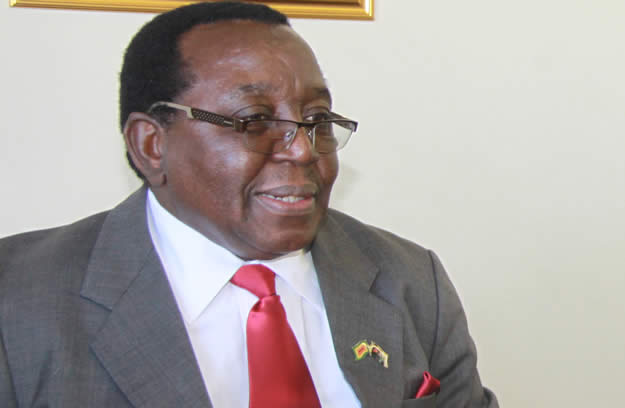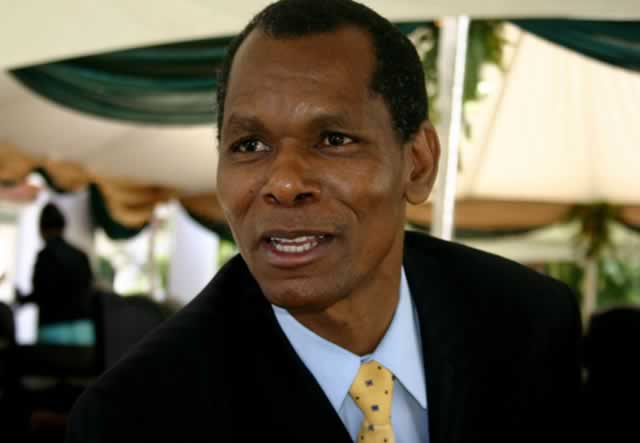Establishment of Special Economic Zones on cards

Peter Matambanadzo Harare Bureau
Government is working on modalities to introduce Special Economic Zones (SEZ) as a policy to attract investment and promote export oriented growth, generate employment as well achieve economic growth.
SEZs are a designed geographical region, line of business or a company that export goods and provide employment. The buriness also operates under special regulations that are different from other areas in the same country.
Senior Minister of State in the President’s Office, Cde Simon Khaya Moyo, said this in his remarks while officially opening a workshop in Harare on Special Economic Zone running under the theme “Promoting Transformational and Inclusive Growth.”
Cde Moyo said given the severely constrained fiscal space due to poor performance of revenue inflows against rising recurrent expenditures and a shrinking tax base, government through the Zimbabwe Socio-Economic Agenda (Zim-Asset) has identified initiatives that can yield rapid results.
“Zim-Asset clearly states that establishment of Special Economic Zones (SEZs) as one of the strategies that will enable Zimbabwe to achieve economic growth and reposition itself as a strong economy in the region,” Cde Moyo said.
He said the government’s main objective in establishing the SEZ was to restor the economy’s capacity to produce and export goods and services, attracting investment from domestic and foreign sources, creating employment and alleviating poverty.
“Government also seeks to enhance targeted economic activities in the designated areas, strengthening the industrial base in the country, promoting development of infrastructure facilities and ensuring inclusive economic growth,” Cde Moyo said.
World Bank Finance and Private Sector Development, Africa Region senior economist, Douglas Zhihua Zeng in his presentation said the envisaged benefits of the SEZ’s was the widening of infrastructural and industrial development, growth in employment, increased industrial productivity and improvement in living standards and skills upgrading.
Zeng said SEZ were successful in countries in Asia, America, Middle East and Africa.
He said in Malaysia the first Free Zone was established in Penang in 1972 through a dedication, political vision and leadership with a basic infrastructure in place, educated workforce, attractive living environment and tourist destination.
“At least 250,000 direct jobs and 1,500 firms over 40 years were created,” he said.
Zeng said the zone program was part of the national development policies from 2nd to 5th Malaysia National Plan (1970-1990).
He noted that for the Penang Master Plan to succeed Malaysia had to priorities a sound legal framework, create an enabling environment for business facilitation, held regular dialogue with investors and addressed concerns related to infrastructure, regulations, permits and customs.
Another World Bank senior economist Markus Scheuermaier said Zimbabwe required a dedicated technical unit within the government to provide the required impetus for the implementation of the reforms.
“International experience has shown that dedicated reform teams, connected to the top of government, have successfully helped emerging countries engineer sustained economic growth over several decades,” he said.
Scheuermaier said it was essential that the reform unit be provided with the necessary support and resources, and that clear milestones and objectives be established, in order to undertake the reforms that will enable the country to become one of Africa’s most competitive economies.
The two day workshop being attended by ministers, permanent secretaries, senior government officials and business community representatives also discussed legislative and institutional frameworks as well as infrastructural requirements and the role of government in facilitating the establishment of SEZ’s.
Through the workshop, government also seeks to interrogate the types of SEZ’s and learn from success stories and possible failures of other countries on the implementation of the SEZ’s.












Comments